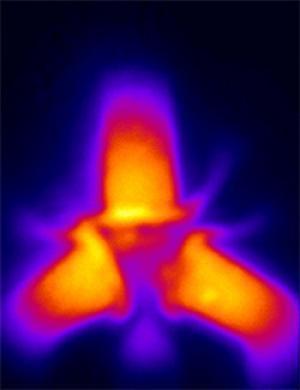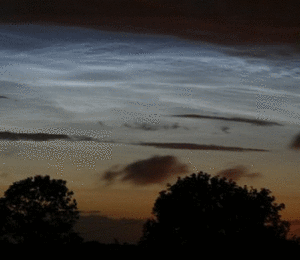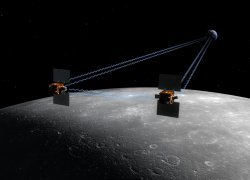Particles called excitons that emit a flash of light as they decay could be used for a new form of computing better suited to fast communication, physicists at UC San Diego have demonstrated.

|
| ©Leonid Butov/UCSD
|
| An circuit that uses excitons for computing flashes light as the particles decay to release photons.
|
Integrated circuits, assemblies of transistors that are the building blocks for all electronic devices, currently use electrons to ferry the signals needed for computation. But almost all communications devices use light, or photons, to send signals. The need to convert the signalling language from electrons to photons limits the speed of electronic devices.
Leonid Butov, a professor of physics at UCSD, and his colleagues at UCSD and UC Santa Barbara have built several exciton-based transistors that could be the basis of a new type of computer, they report this week in an advance online version of the journal
Science. The circuits they have assembled are the first computing devices to use excitons.



